Madeleine Schmoll is a German-American freelance writer and filmmaker living in Glasgow. Here, she tells us about her hometown, Paris.
Paris is a city about which most everyone has an opinion. And if you’ve been, and you’ve liked it, you more than likely have a few favourite places that aren’t necessarily a part of most visitors standard repertoires. My favourite Paris is the everyday Paris, with its markets and the small intricacies of daily life that mark each arrondissement. Having spent a formative part of my life in the 4th arrondissement, better known as Le Marais, I know I’m home when I see a family of Hasidic Jews on their way home from the shul passing by a gay couple on their way out for the night.
As much as I try to capture these small moments in writing and occasionally on film, I realise that I am not the first to attempt such a feat. I’m inspired by photographers such as August Sander, Eugène Atget and Brassaï whose work documents the everyday extraordinarily. Their work has a certain universality in its grasp of human emotion and curiosity about the places we inhabit. While the neighbourhoods these artists worked in have changed, similar moments are still there waiting to be captured.
When I was last home, I spent the weekend immersed in photography from the early 1900s. I was most excited about the Musée Albert Kahn, a museum that I stumbled across in my Facebook newsfeed that had colour photographs from the 1920s. It seemed like an unusual concept and was in a part of Paris I wasn’t particularly familiar with. I already had plans to see the Brassaï exhibition at the Hôtel de Ville and with just over forty-eight hours, I also hoped to get to the Maison Européenne de la Photographie to see the David Lynch exhibition Small Stories. All of this and the usual cafe-hopping and catching up with family! Below are some impressions of the weekend:
Musée Albert Kahn:
The Musée Albert Kahn focuses on the photographic commissions and contributions of the philanthropic and well-travelled Albert Kahn. Located just outside of Paris in Boulogne, the museums sits on the site of Kahn’s mansion and former estate. Although the house no longer exists, the museum has preserved the grounds which include a series of different gardens that cover an astonishing four hectares.
Originally from Alsace, Kahn was born in 1860. He made a large fortune through banking and was a staunch pacifist. In his goal to promote harmony and tolerance, he also became an avid documentarist. His goal to create the Archives de la Planète (Archives of the Planet) and document the world through photography, resulted in the creation of over 72,000 colour autochromes that are astoundingly comprehensive in their gaze of life in the early 1900s.
Kahn’s autochromes delve into the discoveries of the past in the heyday of colonialism, exploring the world from Antarctica to Africa and then turning the gaze back on World War I Europe. The collection of formal portraits reads like a who’s who of the times. Nobel prize winners, heads of state, writers and contemporaries such as Auguste Rodin and Rabindranath Tagore appear next to close family friends and the photographers that carried out his work. It is this juxtaposition of everyday life, the houses, children, gardens and villages of the world, that along with the more formal portraits, create a compelling archive that is not only of exceptional cultural value but also introspective in its examination of humankind. It’s a truly mesmerising way to spend an hour or two, wondering about the stories behind the photos and admiring compositions that are so clear that it’s hard to believe they were taken over a hundred years ago.
Hôtel de Ville – Brassaï: For the Love of Paris:
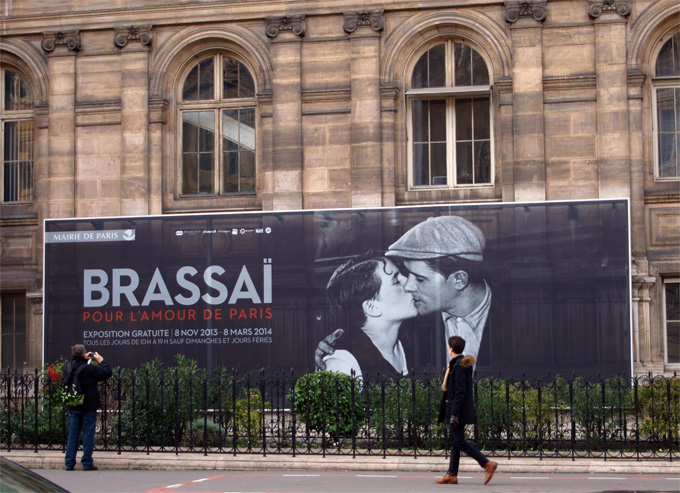
Exhibition runs until 29 March
Covering several different bodies of work, Brassaï’s ‘For the Love of Paris‘ exhibition spans nearly fifty years of work. His photographs were some of the first I saw when my family moved to Paris. It seems funny to me now, that I should admire the work of someone for whom Paris was also an adopted city. I think there’s something to be said for trying to document a place you aren’t originally from.
Brassaï’s work is appealing on many levels. His voyeuristic gaze draws you into the shadows of smoky clubs, cafés and brothels. It’s a view that is far from detached. These photos are intimate, as if at any moment, one of the subjects might turn around and say something. In Chez Suzy (1932), a topless woman stands in front of a gilt mirror looking downwards, her face obscured by the sweep of her dark bobbed hair, looking as if she’s about to turn to face the camera. It’s these images where you sometimes find yourself nearly holding your breath, waiting, convinced that you might soon see their faces and hear their words.
It isn’t so much that Brassaï captures the margins of his world, so much as that he appears to capture the moments everyone else was too impatient to wait for. These photos have a comforting universality, a feeling that in less than a hundred years there are still some things that have remained the same. Somewhere between bygone eras of the Follie Bergère and mauvais garçons (bad boys), there are still people drinking and dancing, kissing on darkened streets, and etching their names and other pictograms onto walls. Brassaï’s work captures the extraordinary in the everyday. Undisturbed fresh snow on a row of chairs in a public park has the appearance of having made a downy white cushion upon which to sit in Chairs in the Luxembourg Gardens (1947). In another series, Brassaï photographs wet cobblestones in the night. In Cobblestones (1931-1932), it’s the texture and luminescence of the stones that pull the gaze, the notion that although you may have walked this way thousands of times that you still never quite saw it this way. Or, that perhaps, you simply never noticed at all.
Maison Européenne de la Photographie – David Lynch ”Small Stories:”
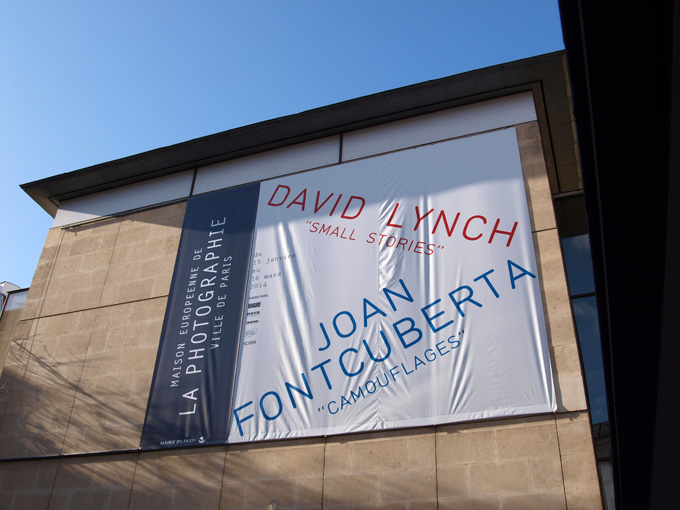
Exhibition runs until 16 March
Perhaps this is why I found the David Lynch’s Small Stories exhibition at the Maison Européenne de la Photographie so jarring. Grainy black and white images with superimposed figures were numbered and given the same vague titles. There were stories there too, realities that were equally fabricated but somehow not quite as compelling or as evocative of the Paris I had just spent most of the weekend looking at. And since I couldn’t really think of very many nice things to say, there was a resolution to flee the universe of David Lynch and return to the streets of the Marais for lunch in a café. Ensconced in the Parisian equivalent of a local, with bustling waiters, paper tablecloths, rickety wooden chairs and a pichet of red wine to go with lunch, I found myself silently reaffirming just how much I love this city.
/////
My Creative Scene is an insight into different creative & cultural happenings in cities where our members and readers live. Browse through more insider guides here or contact us to write about the arts scene where you are.


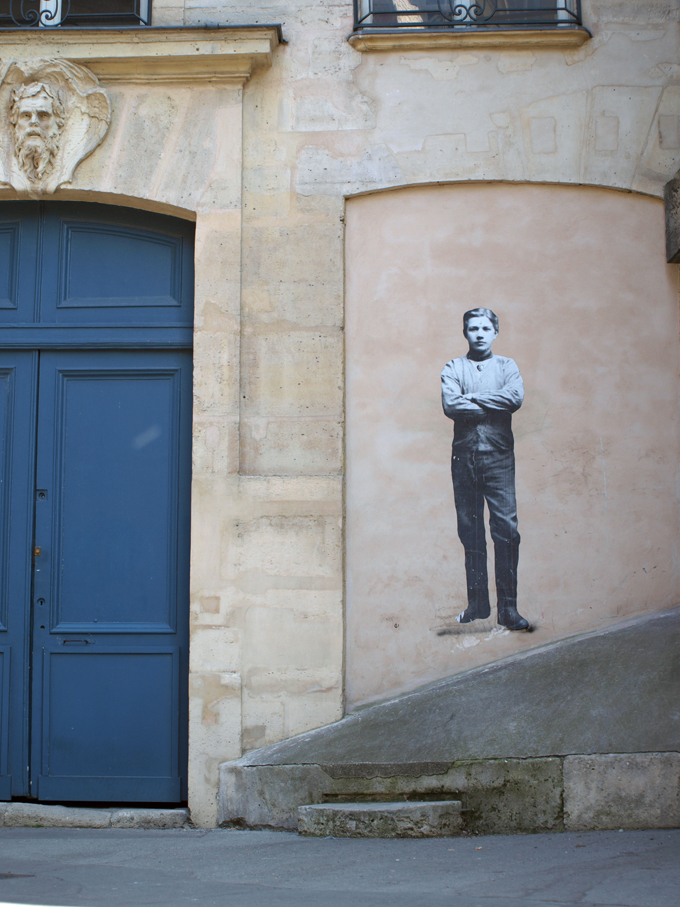
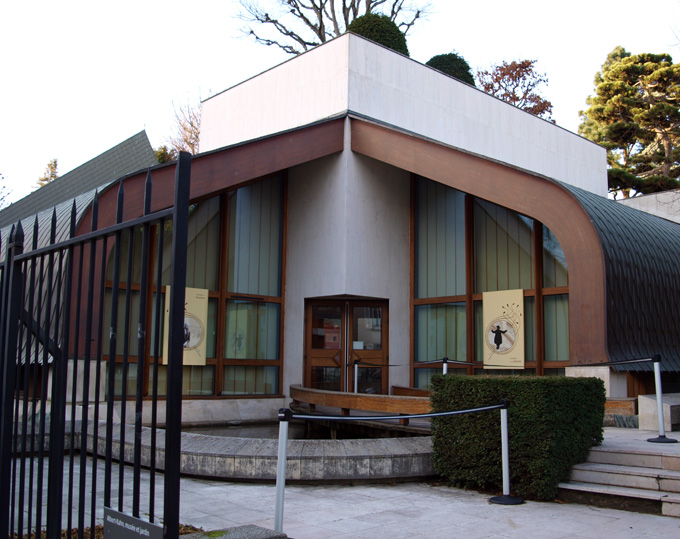
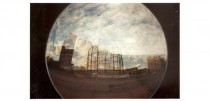
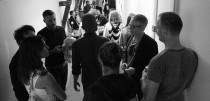
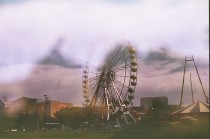









Comments